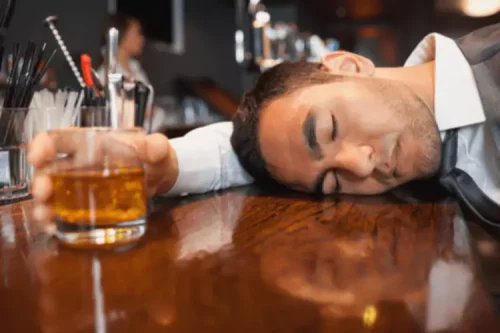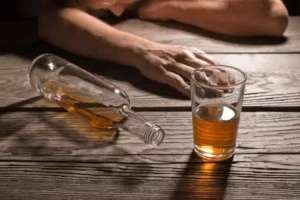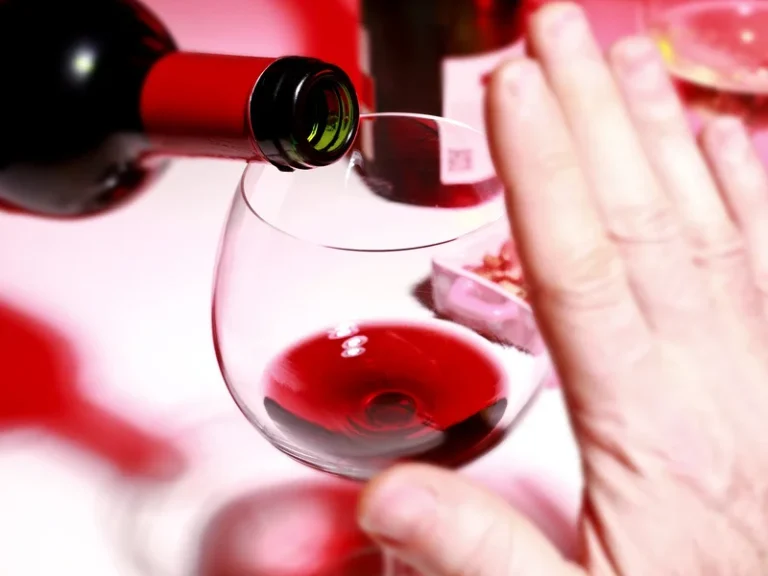Therapy can help people who suffered as a child to address those challenges and develop healthier coping skills. If the drinking world is conceptualized as a spectrum, normal social drinking is one on end (a few drinks per month, almost always in a social context) and alcohol use disorder is on the other end. But there’s a large gray area in the middle, in which drinking can cause problems for someone’s health, job, or loved ones, but not to a clinical extent. An example would be a father who falls asleep on the couch after having several drinks three or four days a week, missing out on time with his kids and wife. Another would be a college student who repeatedly has trouble making it to class because she was drunk the night before. These individuals, sometimes called “almost alcoholics,” may not see the connection at first but would often benefit from help and support.
Progressive Disease
If you or someone you know is experiencing these signs or symptoms, seeking professional help and support is crucial. Alcoholism as a mental illness is a controversial topic in the medical and psychiatric fields ³. Currently, the DSM-5 categorizes Alcohol Use Disorder (AUD) as a substance-related disorder rather than a mental illness. Additionally, alcoholism can yield significant social and psychological repercussions, including relationship challenges, isolation, and low self-esteem, further adversely affecting mental well-being and potentially exacerbating health issues.
How is alcohol withdrawal managed?
Our sensitivity analysis also showed a twofold increase in the odds of having any AUD among those with PTSD, while a non‐significant association was found among those with any other anxiety disorder, excluding OCD. Previous systematic reviews have explored alcohol misuse and CMD in both directions; for example, the prevalence of CMD among those misusing alcohol [28] and the prevalence of alcohol misuse among those with a CMD [11]. The latter was most recently reported by Lai and colleagues, where those with an anxiety disorder or major depression were approximately 1.5 times more likely to report alcohol abuse and 2.5 and three times more likely to report dependence, respectively [11]. This indicates that those with a CMD are more likely to use alcohol at harmful levels and that there may be differences based upon the type of CMD. However, this review included bipolar disorder in their definition of CMD, which UK health guidelines on CMD exclude, together with other psychotic and related disorders [29, 30, 31].
I’m In Recovery
The authors note that definitions of binge drinking may vary among countries and details of standardized measures of alcohol use and CMD are reported in Table 1. CMDs were defined in this review as MDD, dysthymia, GAD, panic disorder, phobias, PTSD, obsessive–compulsive disorder (OCD) or social anxiety disorder (SAD) [36]. Studies were excluded if they did not report the prevalence of alcohol use in those with and without a CMD. AUD is a brain disorder and disease that occurs when people cannot stop or control their drinking despite adverse effects on relationships, work or school, finances, and overall health. Healthcare providers use the umbrella term “alcohol use disorder” to classify a wide range of problematic alcohol use, such as alcohol abuse, dependence, addiction, and severe alcohol use disorder (alcoholism).
Stories about recovery
Explore the NIMH grant application process, including how to write your grant, how to submit your grant, and how the review process works. NIMH supports research at universities, medical centers, and other institutions via grants, contracts, and cooperative agreements. Find out how NIMH engages a range of stakeholder organizations as part of its efforts to ensure the greatest public health impact of the research we support.
Alcoholism with Comorbid, Independent Psychiatric Disorders
For example, outpatients with schizophrenia and co-occurring AUD had twice the rate of hospitalization during 1-year followup compared with patients with only schizophrenia (Drake et al. 1989). Fewer studies have been conducted on the long-term outcomes (i.e., results more than 1 year later), but findings tend to show persistent AUD and poor adjustment (Drake et al. 1996a; Kozaric-Kovacic et al. 1995). Therapy plays a crucial role in addressing alcoholism and co-occurring mental health issues. Various therapeutic approaches have been proven effective in helping individuals develop coping skills, understand the source of their addiction, and create a strong foundation for recovery.
Alcohol abuse could encompass both occasional problematic drinking and alcohol dependency. Professionals now use the term alcohol use disorder to describe the spectrum of alcohol use problems. Talk to your doctor and work out a plan to safely lower your alcohol consumption. People with depression and anxiety might use alcohol to help ease symptoms, but excessive alcohol use can also worsen your mental health.
The self‐medication model argues further that alcohol may be used specifically because of its rapid onset of action and differs according to the individuals’ symptoms [21]. Our findings are based on cross‐sectional research, therefore we cannot alcohol use abuse and depression infer causality. We found associations between AUD and CMD regardless of the type of CMD and severity of AUD. It may be that individuals with a CMD may use alcohol to enhance positive affect and cope with symptoms of poor mental health.
This approach facilitates the development of more effective prevention, treatment, and recovery strategies by understanding the complex interplay between these interconnected domains. In this classification, axis II disorders include personality disorders, such as ASPD or obsessive-compulsive disorder, as well as mental retardation; axis I disorders include all other mental disorders, such as anxiety, eating, mood, psychotic, sleep, and drug-related disorders. As is usually the case (Anthenelli 1997; Helzer and Przybeck 1988), the patient in this example does not volunteer his alcohol abuse history but comes to the hospital for help with his psychological distress.
- Previous systematic reviews have explored alcohol misuse and CMD in both directions; for example, the prevalence of CMD among those misusing alcohol [28] and the prevalence of alcohol misuse among those with a CMD [11].
- You also can screen for depression, anxiety, PTSD, and other substance use disorders using a number of brief, psychometrically validated screening tools, which are described in a 2018 systematic review5 and which may be available in your electronic health record system.
- In addition, much of the research has focused upon AUD as opposed to other problematic drinking patterns, such as binge drinking, despite the high prevalence in the general population [3] and the known negative health impacts [6, 14].
- In particular, for patients with more severe mental health comorbidities, it is important that the care team include specialists with the appropriate expertise to design personalized and multimodal treatment plans.
Finally, rehabilitation and recovery are long-term endeavors that take years for most dually diagnosed people. Consequently, programs that first address the clients’ subsistence needs and then provide long-term treatment in progressive stages are best suited for dually diagnosed homeless people (Drake et al. 1994). During the first week of the current hospitalization, the patient’s suicidal ideation disappeared entirely and his mood gradually improved. He was transferred to the open unit and participated more actively in support groups.
Many people with alcohol problems and their family members find that participating in support groups is an essential part of coping with the disease, preventing or dealing with relapses, and staying sober. When healthcare barbiturates: definition types uses side effects and abuse providers screen for AUD, they look at drinking behavior patterns within the last year to determine a diagnosis. The chance of developing any health problem is related to the genetic code we are born with.
The problems relating to alcohol dependence are extensive, and its effects can be physical, psychological, and social. If you keep drinking a lot of alcohol, it can cause more problems and make your depression and anxiety worse over time. When https://sober-house.org/how-to-make-yourself-pee-9-remedies-and-techniques/ someone drinks alcohol—or takes drugs like opioids or cocaine—it produces a pleasurable surge of dopamine in the brain’s basal ganglia, an area of the brain responsible for controlling reward systems and the ability to learn based on rewards.
Public Health Service grant MH–46072 from the National Institute of Mental Health (NIMH) and the Substance Abuse and Mental Health Services Administration; National Institute on Alcohol Abuse and Alcoholism grants AA–08341, AA–08840, and AA–10265; and NIMH grants MH–00839 and MH–52822. Participating in group therapy enables individuals to connect with peers with similar experiences, allowing them to share experiences, gain fresh perspectives, and develop coping skills together. When stratified by the decade (e.g. 1990s) and continent (e.g. Europe) in which the study was conducted, respectively, we found similar strengths of associations (see Supporting information, Tables S5 and S6).






